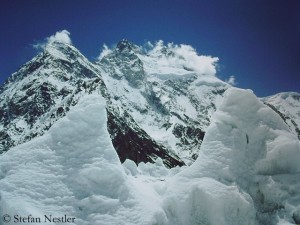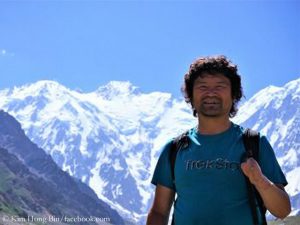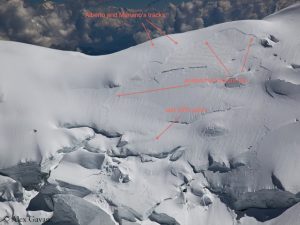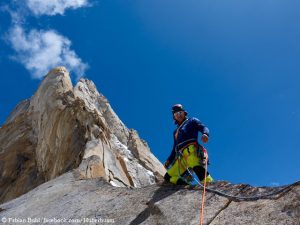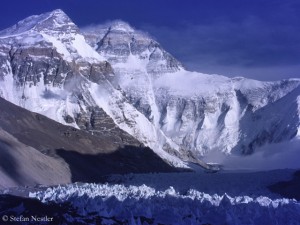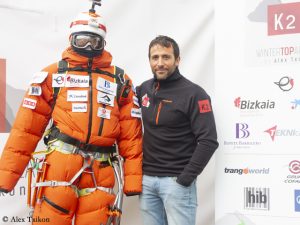Summit successes on Broad Peak and Nanga Parbat
From Pakistan, this summer season’s first ascents on the 8051-meter-high Broad Peak are reported. Seven members of the team of the Austrian expedition operator Furtenbach Adventures and four climbers of the team of the Swiss operator Kobler@Partner reached the summit of the twelfth highest mountain on earth, it said. According to Furtenbach Adventures, expedition Rupert Hauer succeeded, along with three Sherpas and three clients, the first summit success on Broad Peak this season – even though there was a meter of fresh snow above the last high camp: “The sherpas made an unbelievable job and worked really really hard.”
Cadiach turned around
According to Kobler@Partner, their expedition leader Herbert Rainer also reached the highest point, together with two clients and a Pakistani climber. Last weekend, the Spaniard Oscar Cadiach and his group had abandoned their first summit attempt because of too much snow in the upper part of the mountain and had returned to the Base Camp. Broad Peak is the last of the 14 eight-thousanders, which is still missing in the collection of the 64-year-old Catalan Cadiach.
Without fingers on Nanga Parbat
Already last Saturday, according to the Alpine Club of Pakistan, eight climbers reached the 8,125 meter-high summit of Nanga Parbat – among them the Korean Kim Hong Bin and his Nepalese Climbing Sherpa Lakpa. In 1991, Kim had suffered so severe frostbite on Denali, the highest mountain in North America, that all ten fingers had had to be amputated. For the 53-year-old, Nanga Parbat was his eleventh eight-thousander. Last May in Nepal, he had scaled Lhotse, the fourth-highest mountain on earth. In addition to Kim and Lakpa Sherpa, according to ACP, four other climbers from Nepal, a Chinese and a Japanese reached the summit of Nanga Parbat last Saturday.
Track ends at the fracture line
Meanwhile, the Romanian climber Alex Gavan, according to the website “Altitude Pakistan”, gave details of the search for the Spaniard Alberto Zerain and the Argentinian Mariano Galvan. As reported before, the two climbers almost certainly had been killed by an avalanche accident on the Mazeno Ridge. Gavan had coordinated the search for the two missing from Nanga Parbat Base Camp and had later flown in one of the two Pakistani rescue helicopters. “We extensively searched this area, looked up the open crevasses, searched the nearby valleys,” Alex writes, “we searched the Mazeno (Ridge) up to almost 7400m, much farther than they could have realistically climb.” Without success. Gavan presented pictures, on which a track in the snow can be seen. It ends at the fracture line of an avalanche. The last GPS point, sent by the GPS tracker of Zerain and Galvan, lies in the avalanche cone. “The evidence was much too heavy, much too hard to digest,” says Alex. “But now everything was clear.”



